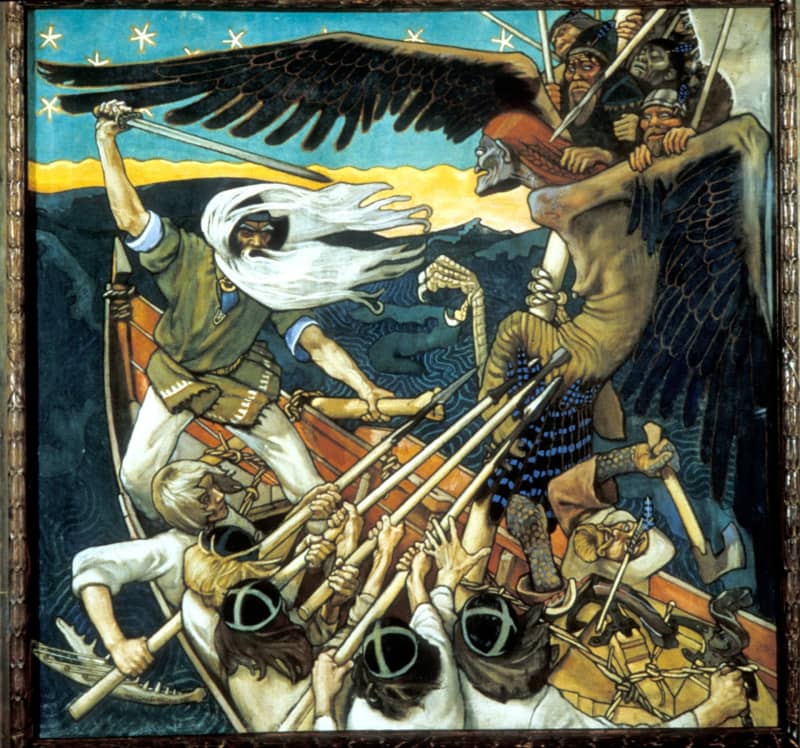Jyrki Korpua’s Tolkien and Kalevala opens up J. R. R. Tolkien’s relationship with the Finnish national epic, whose significance for the author’s work is wider and more significant than previously known.
“He is a blacksmith and a master of all skills, and his joy is in the work of his hands, both in the lesser forging and in the great building work of old.”
Sound familiar? No wonder if it does: to the bad guy, the Louhes.
Ilmarine, who inspired the character of Aulë, is just one example of the role she played in J. R. R. Tolkien’s work – and in fact on a much larger scale than previously imagined.
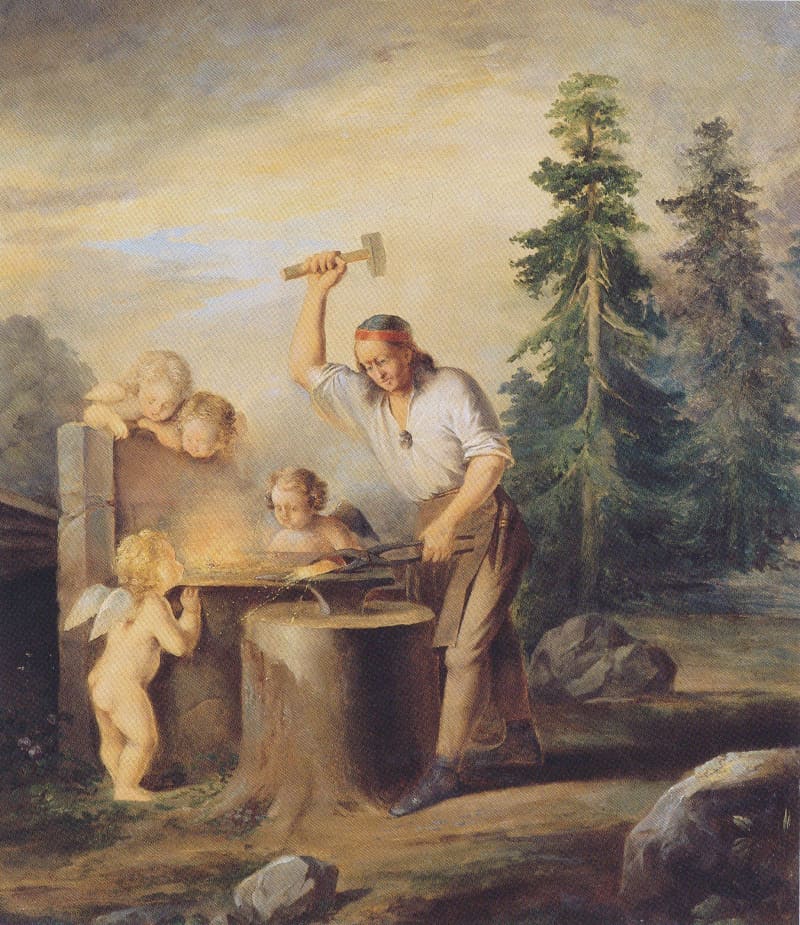
Enchanted by the Kalevala language
In his own words, Tolkien felt \”wonder and a little confused\” while reading the book. In his opinion, the work referred in a wonderful way to smaller peoples who still hold on to their ancient memories and half-forgotten languages.

Tolkien was so enchanted by the poetic tread of the archaic language that he immediately acquired a Finnish grammar and began to familiarize himself with the secrets of our native language. At the base of his own invented languages, such as the Quenya used by the elves, lies a Kaleva-like, old-fashioned Finnish.
– the already lost language that was the basis was perhaps more important to Tolkien than modern Finnish. Although it is still debated whether he knew more recent Nordic or Finnish literature – at least he didn’t own it, says Jyrki Korpua.

Creator of new myths
Since the Roman, Greek and Judeo-Christian myths are familiar to everyone and perhaps already a little worn out, Tolkien leaned towards Nordic mythology, which he (or many others) might have found more exotic.
– Tolkien’s diaries and letters reveal an appreciation of the old and more innocent, but at the same time harsher world. Maybe there was some kind of nostalgia for the past that a more southern culture couldn’t offer him, Jyrki Korpua reflects.
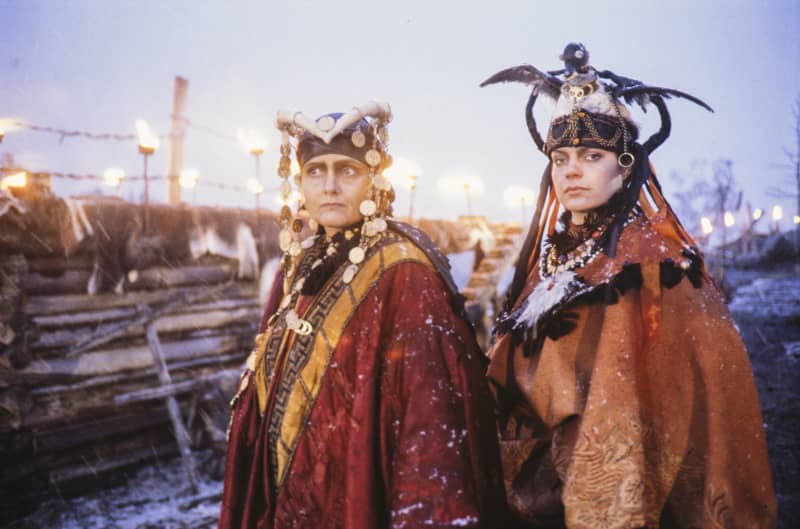
again, it was the perfect package for Tolkien’s needs, and he has called the work the seed of his own literary production.
– He liked Nordic myths and Germanic and Scandinavian stories, so as a Finnish work it fell into this puzzle logically.
To put it bluntly, we could say that without our national epic left a permanent mark on the entertainment scene through the book, which in turn merged into a part of the Tolkien universe.
– The question is, would Tolkien’s world have been very different without Tolkien: there might have been a lack of a peaceful word sword wielder or Tom Bombadil and Gandalf as we know them.
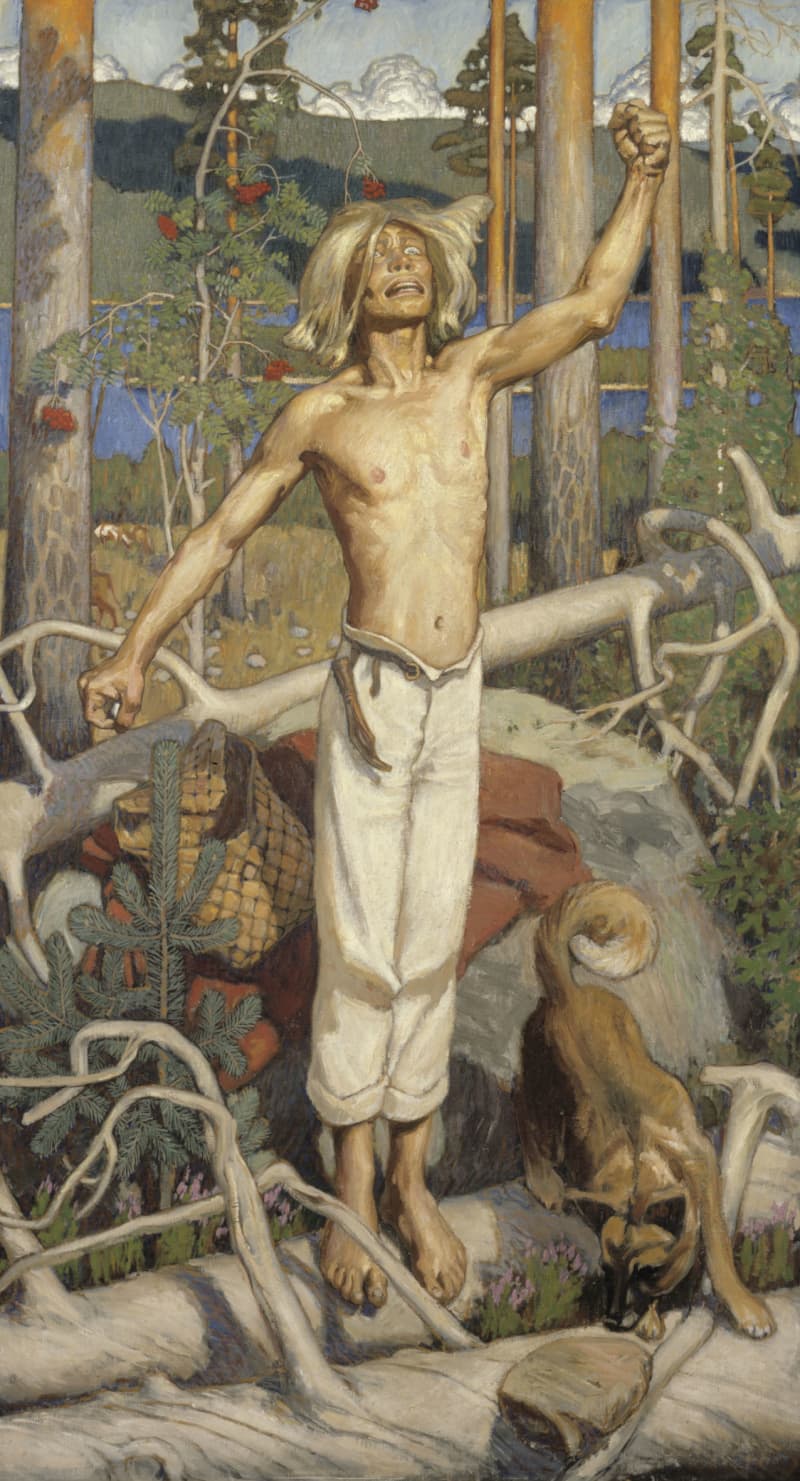
Tolkien liked the broken hero of the Kalevala
J. R. R. Tolkien’s most famous Kalevala quote is probably the contradictory and tattered hero Túrin Turambar, which Tolkien recycles in several of his works, among others ), which, according to his own words, was the starting point for the creation of his own literary myths.
Like Kullervok, Túrin Turambar is a killer who accidentally commits incest with his sister and eventually commits suicide. And like , Turambar of Túrin speaks to his sword before committing suicide.
But why did Kullervo, an extremely tragic figure who turned from slave to avenger and killer, appeal so strongly to Tolkien? According to Jyrki Korpua, the fantasy writer was specifically interested in a kind of broken heroes.
– In Kullervo, you can find some raw old-time brutal anti-heroism that is not found elsewhere. Kullervo was part of the lost world, and the broken heroes are Tolkien’s characters that he used often. Of such characters, Kullervo is the most heartbreaking. There was something about Kullervo that was close to Tolkien’s heart, as he returned to the character again and again.
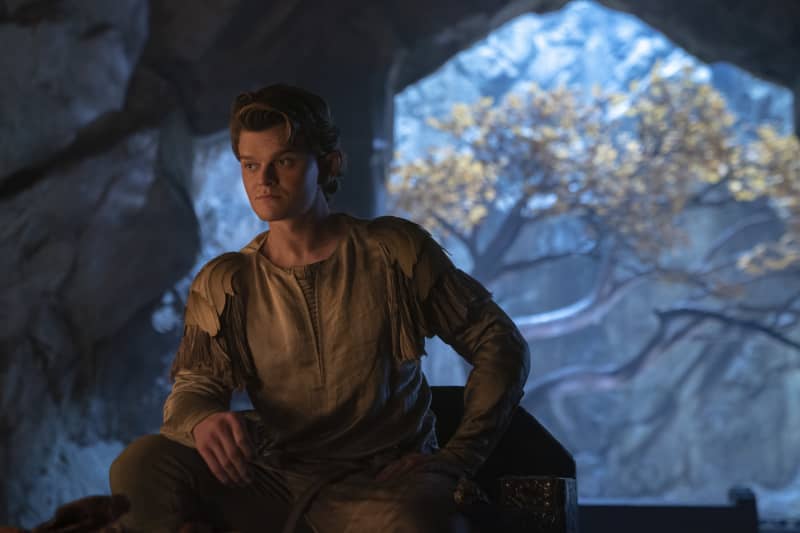
In addition to similar characters, Tolkien has also developed his own version of Sammo, who brings riches. Silmarils are enviable jewels that are looted in the distant North. And like Sampok, which fell into pieces, the Silmarils disappear to different places. Tolkien’s works also contain familiar singing contests and impossible courtship tasks
Mordor, on the other hand, is a worm-eaten, burnt and suffocated desert. In addition, both opuses end in the same way:
– That’s where Väinämöinen leaves for heaven on a copper boat. In both works, we go into an intermediate state to wait for a better world: people’s time is coming and a new truth is glimmering and gradually emerging.
so contain plenty of similar elements, but why only the latter has been made into world-class movies and television series? Jyrki Korpua does not have an unequivocal answer to this.
– I feel that -style series made as authentic and original as possible.

